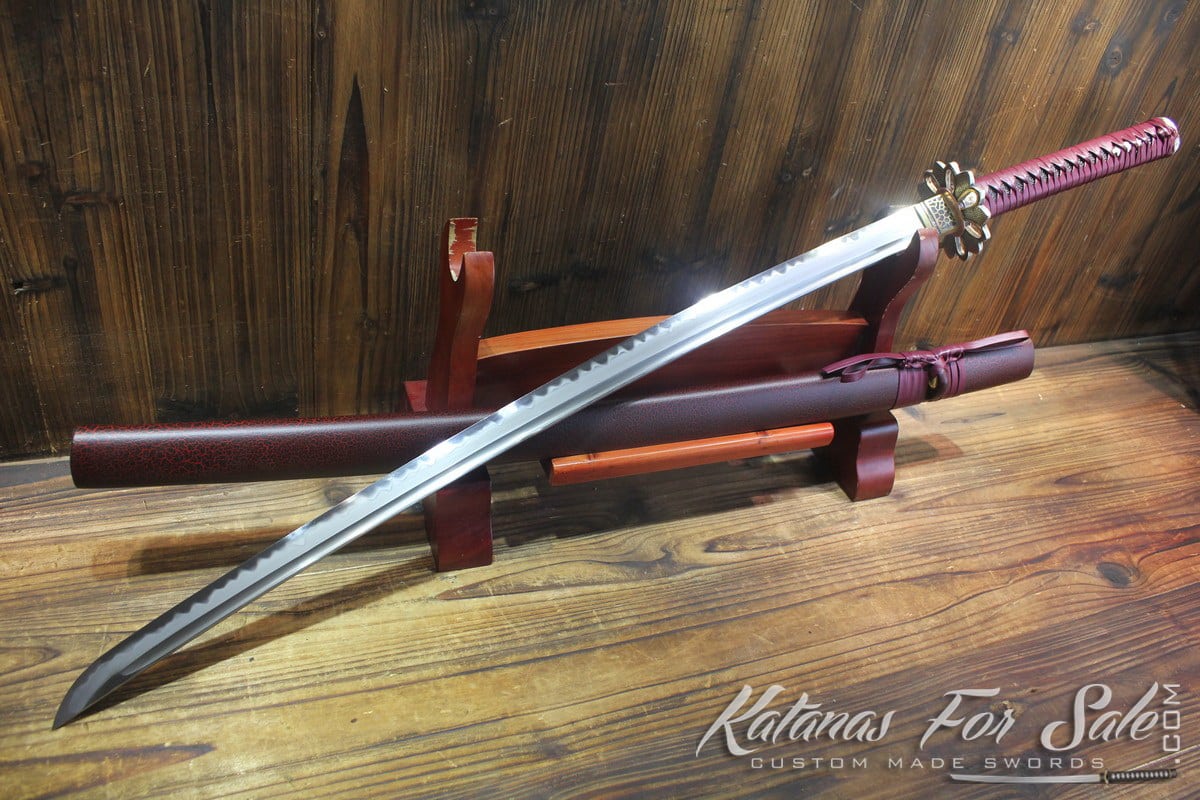


Hyoshigi are Japanese clappers that look like two beams of square cross-section. This method was most common on all blades in early Kotō work but remained in use on shorter blades in all periods. Differences between hardness in the edge and body of the steel come solely from the heat treatment applied on the finished blade. The most basic construction, a single type of medium to high carbon steel is used. Markus Sesko Encyclopedia of Japanese swords. Shingane ( 心鉄 / 心金), "core steel." Lower carbon steel or iron. Kawagane ( 皮鉄 / 皮金), “skin steel.” Medium carbon steel. Hagane ( 刃鉄 / 刃金), "edge steel." High carbon steel. By order of carbon content, here are the Japanese names of some of the steel types: In my illustrations, the higher carbon steels are a darker grey than the lower ones. Some of the steels that are used in such constructions. Keep in mind that every type of steel would itself also be forge folded to drive out impurities, so each section you see would itself be layered but usually fairly homogenous in its carbon content.īelow is a list of the construction methods that are found in the literature, illustrated with a cross-section of the blade. This article will describe several methods by which the Japanese joined higher and lower carbon steels into their blades. By placing low and high carbon steels in specific portions of the blade, one has more control over which parts harden and to what extent. The lower carbon steels give the blade toughness and resilience. Swordsmiths over the ages came up with many good solutions to this problem, which often consisted of a combination of iron with different carbon contents arranged in layers.ĭuring quenching, steel with a higher carbon content will form more martensite crystals in a pearlite matrix, making this steel very hard and brittle. This requires a degree of hardness, but a sword cannot be all hard, or it would break like glass. A good sword needs to be capable to take a keen edge in sharpening and keep it intact during use.


 0 kommentar(er)
0 kommentar(er)
